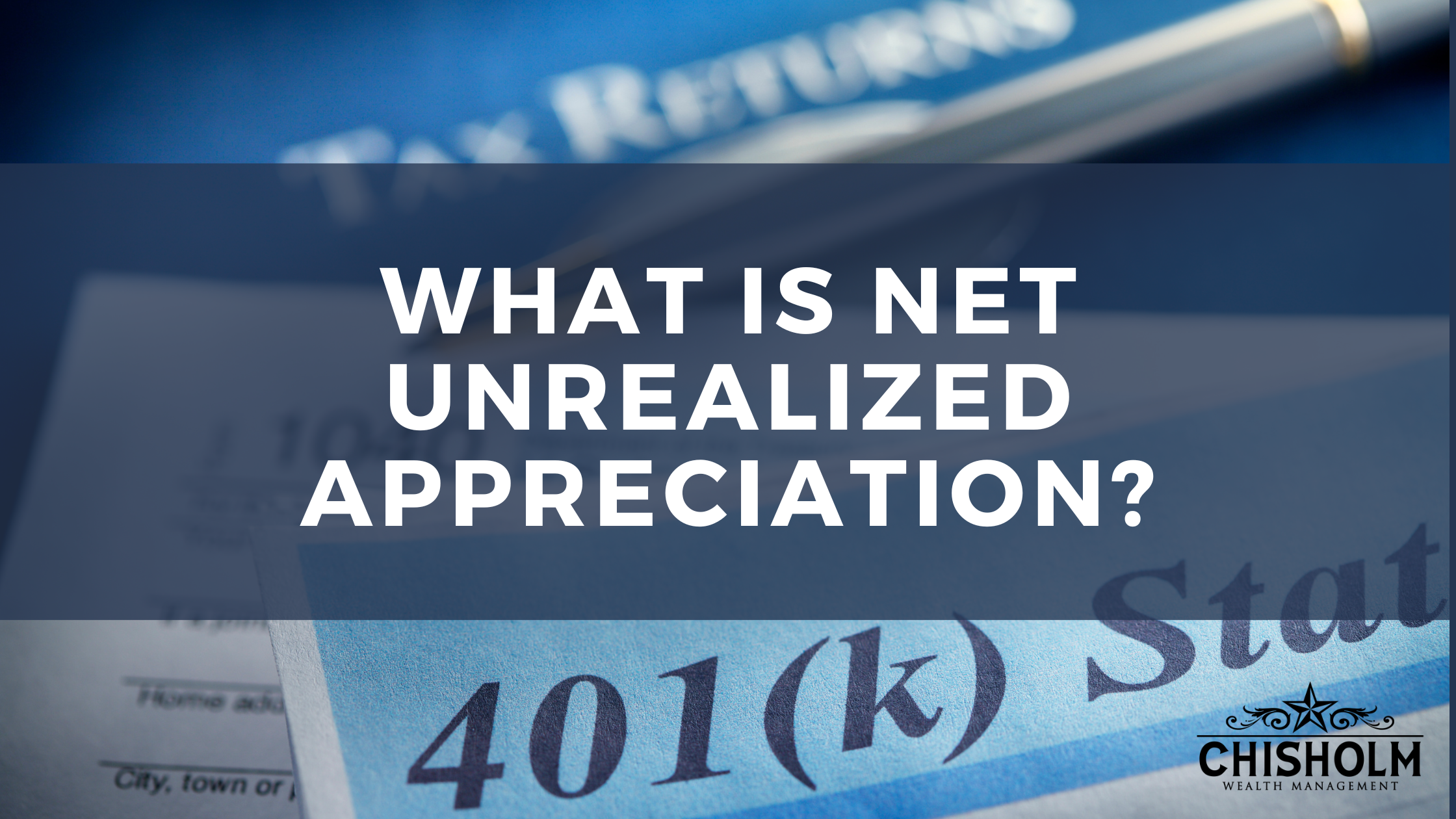What is Net Unrealized Appreciation?
For many years, publicly traded companies have rewarded their employees with company stock in their retirement plan. The longer those employees have worked for the company, the more they might have seen their stock increase in value. That increase comes at a price, as when you sell and pull out funds to live off in retirement, the entire amount of the withdrawal is taxed at your ordinary income tax rate, much like your paycheck was when you were working.
There is an alternative option out there, known as Net Unrealized Appreciation, or NUA. This allows you to rollover the funds in-kind to an outside traditional IRA. Withdrawals of the earnings on the account would then be taxed at the capital gains tax rate, which could be considerably lower than your ordinary income tax rate.
How do I know if I qualify?
To make sure you qualify for the special tax treatment, you have to hit three requirements.
You have to withdraw your entire 401k balance to get the NUA treatment for those company stock funds. What you do with the other part of your 401k is up to you, but you have to exit the plan in the same year you apply for NUA treatment.
Withdrawals of company stock have to be done in-kind. That means you can’t cash out and repurchase the shares shortly after. There also has to be a “triggering event.” Triggering events can be death, disability, separation from service (like retirement) or reaching age 59.5.
What’s the downside?
Sound like a pretty good option? Well, not for everyone.
The biggest drawback to the NUA method is the immediate cost to you when you decide to initiate it. When you take out the shares in-kind, the cost-basis, or the price of the shares when they were put into your plan, is immediately added to your tax bill at ordinary income rates.
If you have a lot of shares, this could be a hefty tax burden. You can however, decide which shares you want to transfer in-kind and roll the rest over to an IRA. This would allow you to select the shares that have a lower cost-basis. It might take some research, but your time might be worth it.
If you only had stock that had a higher cost basis, you’d really have to weigh the benefit and do a few calculations to see if it’s the right option for you. At some point, rolling the entire balance of your company plan to an IRA might be the better option. You’d still get the tax deferral in the IRA and can choose how/when to pull funds out of the IRA.
How do you know if the NUA option is right for you? It’s a good idea to work with a financial planner and tax professional to help you with the calculations. Need an extra pair of eyes on your calculations? Feel free to shoot me an email at brian@chisholmwm.com and we’d be glad to run through the scenarios with you.
Want to nerd-out a little more on NUA? Check out this mega-blog post by Michael Kitces. He’s a great resource for advisors and investors.
CLICK HERE TO READ OUR DISCLOSURES
Everyone’s tax situation is different. Make sure to consult with your tax professional before making changes to your individual situation.

